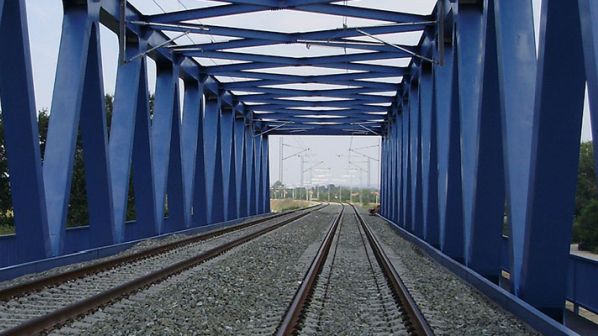The priority for rail is to complete the modernisation of the 244km Belgrade - Niš main line for operation at up to 200km/h, as well as the lines beyond Niš to Dimitrovgrad (98km) on the main route to the Bulgarian capital Sofia and to Presevo (148km) on the border with North Macedonia. These lines form part of the Orient-East Med Corridor linking Prague, Vienna and Serbia with Thessaloniki and Piraeus in Greece and Sofia.
Serbia awarded a contract to Russian Railways (RZD) in October 2019 to reconstruct the 210km Valjevo - Montenegro border section of the Belgrade - Bar main line as part of the investment plan.
Serbian Railway Infrastructure will upgrade the 98km Novi Sad - Subotica section of the Belgrade - Budapest main line. In June 2019, the CRE Consortium and the Chinese-Hungarian Railway Non-profit Limited Company (CHRN), set up by Hungarian State Railways (MÁV) and the Chinese government, signed a Forints 590bn ($US 1.5bn) contract to upgrade the Hungarian section. The work in Hungary includes track doubling, electrification and increasing the maximum speed from 100km/h to 160km/h.
Other projects in the plan include the construction of a new dispatch centre to control all train movements on the Serbian rail network, and construction of an intermodal freight terminal in Batajnica.
Dr Zorana Mihajlovic, Sebia’s deputy prime minister and minister of construction, transport and infrastructure, says priority will be given to construction of the first metro line in Belgrade to ease road congestion in the capital.
“I urge all our construction companies and entrepreneurs to prepare well for the next few years, because there will be so much work that we will definitely need more workers and companies,” Mihajlovic says.
For more information on railway investment projects, subscribe to IRJ Pro.

